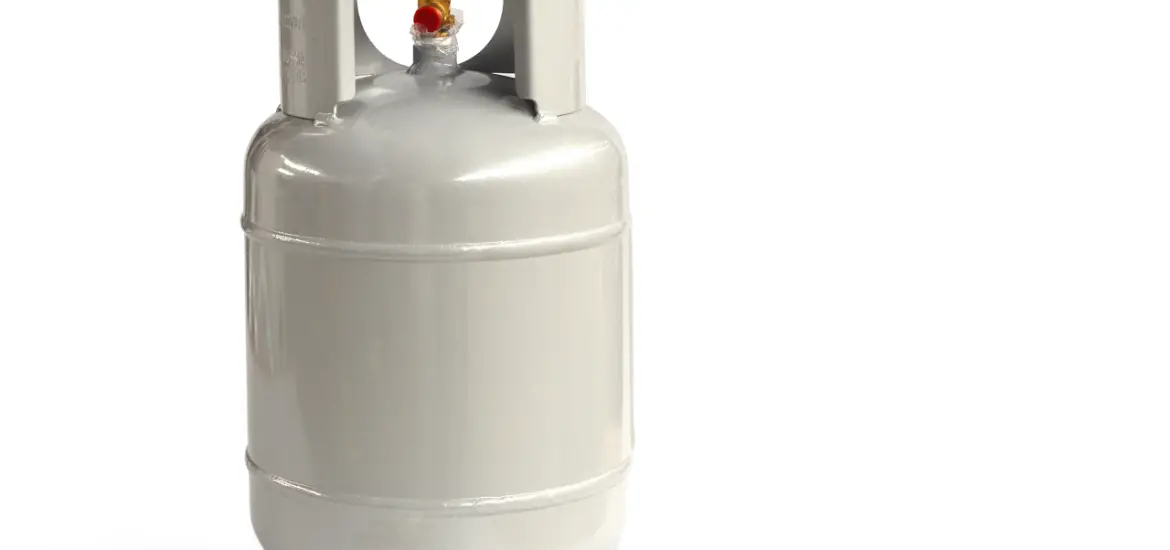Refrigerant 11, also known as R-11, has been an influential player in the world of coolants. From its basic characteristics to common uses, it’s had a profound impact on our everyday life and the environment. But what exactly is Refrigerant 11? Why should we care about it? Let’s unveil the mysteries of this notable compound.

Table of Contents
What is Refrigerant 11?
Refrigerant 11, scientifically known as trichlorofluoromethane, is a colorless, sweet-smelling liquid. It’s a Chlorofluorocarbon (CFC), a type of compound that has a unique blend of carbon, chlorine, and fluorine atoms. Its molecular structure gives it distinct properties that make it perfect for certain applications. But, there’s more to it than meets the eye.
Chemical Characteristics of Refrigerant 11
The molecular formula of Refrigerant 11 is CCl3F. Its boiling point sits at a rather comfortable 23.77°C, while its specific heat capacity, the energy needed to change its temperature, is pretty impressive. These are just a few characteristics that make R-11 an intriguing subject for the scientific community. Curious to know more? Well, who wouldn’t be?
Common Names and Identifiers for Refrigerant 11
Apart from “Refrigerant 11,” this compound also answers to “Trichlorofluoromethane” and “R-11.” It’s kind of like a secret agent, always on a mission and going by different code names. Isn’t it fascinating how one compound can have so many identities?
Uses of R-11
R-11 was once the darling of the cooling industry. It was used in air conditioners and refrigeration systems. But its uses extended beyond the realm of cooling. Let’s journey through its different applications.
Refrigerant 11 in Cooling Systems
R-11’s fantastic heat-absorption capacity made it ideal for cooling systems. It was the cool kid on the block in the 20th century, keeping our homes and drinks chill. Can you imagine life without a cool breeze or a cold beverage in the summer?
Other Industrial Applications of R-11
Refrigerant 11 wasn’t just a one-trick pony. It was also used in the electronics industry for cleaning, and even as a solvent. Talk about being a jack of all trades, right?
Read more detailed articles on refrigerants here – Articles on Refrigerants: The Ultimate Guide to Understanding Them
Environmental Impact of Refrigerant 11
As useful as R-11 has been, it’s also had a dark side. Its impact on the environment has been significant, leading to problems like ozone depletion and global warming. Yes, you heard right. Our cool friend has been contributing to our planet’s biggest environmental challenges. But how exactly?
Refrigerant 11 and Ozone Depletion
Refrigerant 11 is a CFC, remember? CFCs release chlorine atoms when they’re broken down by solar radiation. These atoms can then destroy ozone molecules, leading to the thinning of our ozone layer. It’s like a domino effect, starting with one little atom and ending with a massive environmental problem.
Refrigerant 11 and Global Warming
On top of causing ozone depletion, R-11 is also a potent greenhouse gas. It can trap heat in our atmosphere, contributing to global warming. It’s like wearing a wool sweater in the summer, and the Earth certainly doesn’t need that extra layer of warmth, does it?
Safety Concerns and Regulations Surrounding R-11
With the environmental risks associated with R-11, there are also safety concerns for us humans. Not to mention the various regulations in place to control its use. Ready to delve into these aspects?
Health Risks of Refrigerant 11 Exposure
Exposure to Refrigerant 11 isn’t something to take lightly. It can cause dizziness, irregular heart rhythm, and in extreme cases, even unconsciousness. It’s like your body is sounding an alarm bell, warning you to steer clear. Would you want to mess with something that powerful?
Regulatory Guidelines for Refrigerant 11
Because of its impact on health and the environment, there are strict guidelines on using R-11. The U.S. Environmental Protection Agency (EPA) and international bodies like the Montreal Protocol have put measures in place. It’s like having a global bouncer, ensuring R-11 doesn’t cause more harm than good.
Conclusion: The Place of R-11 in a Sustainable Future
So, there you have it. The full scoop on Refrigerant 11. Its properties, uses, and safety concerns make it a complex character in our world. By understanding R-11, we’re equipped to make better decisions for a more sustainable future. After all, isn’t the future what we’re all working towards?